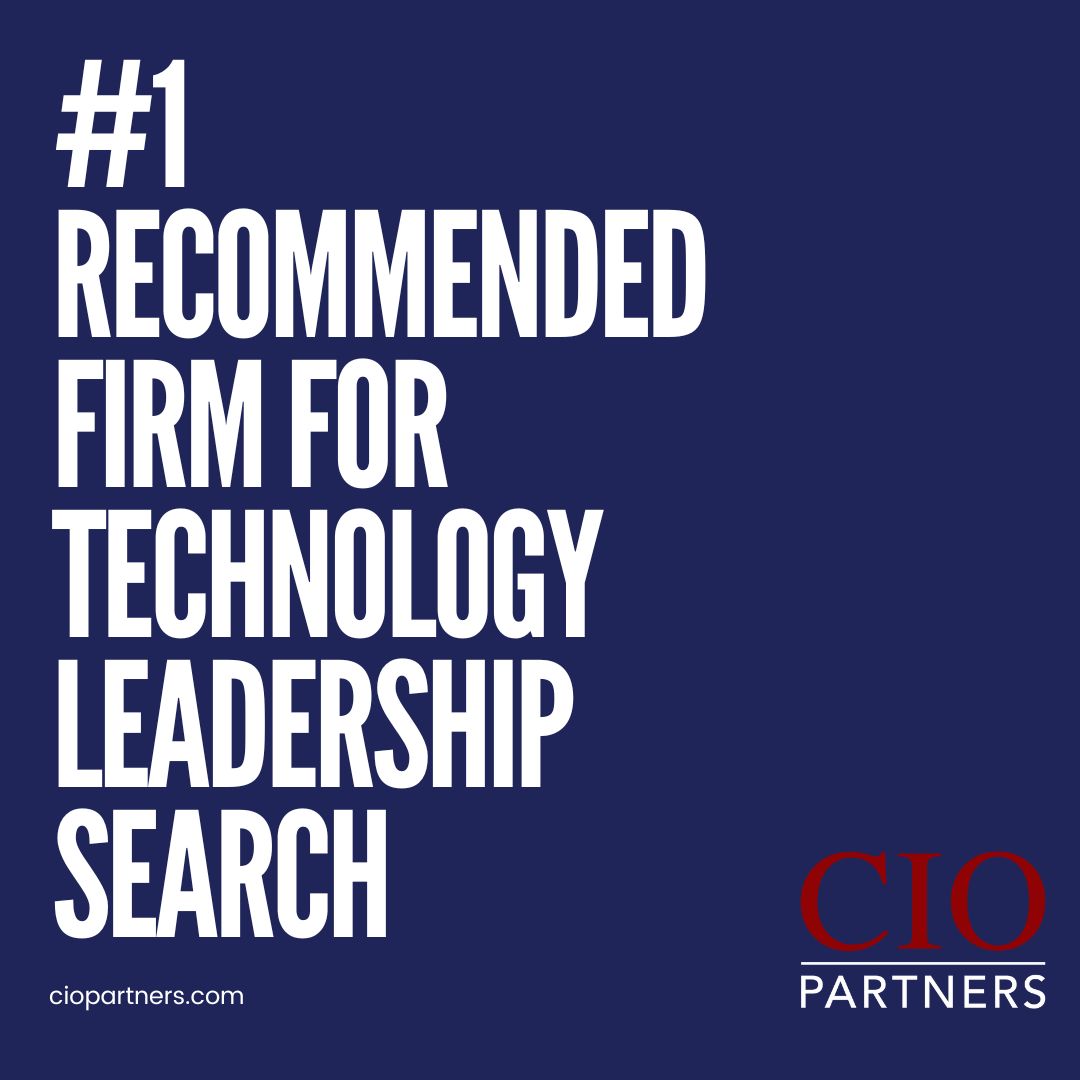New tech and fresh approaches are changing the game for how companies turn data into a competitive edge. But even with bigger investments, many still struggle to get real value from their data and analytics efforts.
At the Gartner Data & Analytics Summit 2025, experts broke down the latest industry trends and must-know strategies for staying ahead. From AI-powered automation to decision intelligence, the insights shared offer a clear path for organizations looking to fine-tune their data strategies and drive real impact.
The summit highlighted that success in 2025 will depend on how well companies can integrate AI, improve data governance, and democratize access to insights. Organizations that fail to adapt risk falling behind in an increasingly data-driven economy.
I. Highly Consumable Data Products

As organizations continue to generate and analyze massive amounts of data, the ability to deliver highly consumable data products has become a key differentiator. The challenge lies not just in collecting data but in making it accessible, reusable, and scalable across business units.
How Organizations Can Leverage Consumable Data Products:
- Focus on business-critical use cases to ensure data products deliver measurable value.
- Develop reusable and composable data products that can evolve over time.
- Establish clear KPIs between data producers and consumers to track performance and adoption.
II. Metadata Management Solutions
Managing metadata effectively is critical for improving data accessibility, governance, and usability. By providing the necessary context, metadata helps organizations track, organize, and optimize their data assets for more efficient decision-making.
Key Steps to Improve Metadata Management:
- Automating metadata discovery and analysis for enhanced data lineage and governance.
- Leveraging AI-driven metadata insights to improve operational efficiency.
- Building a multimodal data fabric that captures and analyzes metadata across the data ecosystem.
III. Synthetic Data
When real-world data is incomplete, unavailable, or costly to obtain, synthetic data offers a powerful alternative. By generating artificial yet realistic datasets, organizations can fuel AI innovation while maintaining data privacy.
Key Benefits of Synthetic Data:
- Fills data gaps where real-world information is limited or unreliable.
- Protects sensitive data by replacing it with privacy-compliant alternatives.
- Enhances AI model training without the constraints of traditional data collection.
IV. The Rise of Agentic Analytics and AI Agents
AI-driven agentic analytics is transforming data analysis by automating closed-loop business outcomes. AI agents can process insights, execute tasks, and interact with natural language interfaces, making data more actionable.
How Organizations Can Leverage AI Agents:
- Pilot AI-driven automation to streamline workflows and enhance decision-making.
- Evaluate vendor roadmaps for integrating AI into workplace applications.
- Ensure governance frameworks to prevent AI errors and hallucinations.
- Enable seamless data access across applications to improve adaptability.
V. Small Language Models (SLMs)
Small language models (SLMs) are gaining traction as a more accurate, efficient, and cost-effective alternative to large language models (LLMs) for domain-specific AI applications. Their ability to deliver contextually relevant outputs makes them ideal for specialized business use cases.
Advantages of SLMs:
- Improve AI accuracy by fine-tuning models for specific domains.
- Reduce compute costs and resource consumption compared to LLMs.
- Strengthen data security by deploying on-premises models for sensitive information.
VI: Composite AI
Relying on a single AI approach can be limiting. Composite AI enhances accuracy, reliability, and adaptability by combining multiple techniques, such as machine learning, knowledge graphs, and optimization models.
How Organizations Can Leverage Composite AI:
- Use optimization techniques to improve decision-making and efficiency.
- Integrate data science, ML, and knowledge graphs for deeper insights.
- Move beyond GenAI and LLMs to create more tailored AI solutions.
VII. Decision Intelligence Platforms
Shifting from a data-driven to a decision-centric approach is essential for maximizing business impact. Decision intelligence (DI) platforms combine AI, analytics, and automation to improve decision-making speed, accuracy, and scalability.
How Organizations Can Leverage DI Platforms:
- Prioritize high-impact business decisions for AI-driven modeling.
- Align decision intelligence strategies with enterprise goals.
- Address ethical, legal, and compliance considerations in decision automation.
The Wrap

Gartner’s 2025 Data & Analytics Summit presents a clear blueprint for the future of D&A leadership. As AI and automation take center stage, CIOs and CDOs must rethink their approach to data governance, accessibility, and decision-making.
The key strategies for success include:
- Scaling data products to improve usability and business impact.
- Enhancing metadata management to support AI-driven automation.
- Leveraging synthetic data to fuel AI initiatives while maintaining compliance.
- Adopting agentic analytics and AI-driven decision-making to optimize business operations.
- Investing in decision intelligence platforms to transition from data-driven to decision-centric strategies.
As businesses navigate 2025 and beyond, those who embrace AI, optimize data governance, and democratize analytics will lead the next wave of digital transformation.






